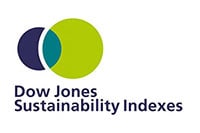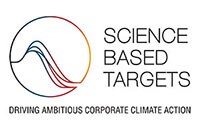Our approach to sustainability at Philips
Practicing sustainability in large businesses like Philips is a necessity. Everything we produce has an impact on the planet and it’s our responsibility to minimize that. We’ve made a start with sustainable improvements to some products and processes, and we are stepping up our actions towards meeting our 2025 environmental targets. For example, we became 100% carbon neutral in our own operations*** at the end of 2020. While we think that’s a good step, there’s more we can do (and will do) to help reduce our emissions and environmental impact. At the scale we operate, everything matters. How are we working towards meeting our sustainability goals? The themes involved in meeting our goals center around improving the energy efficiency of our products, using less resources, more recycled material, and avoiding the use of hazardous substances. We are designing for circularity to keep more products and materials in use.

Carbon neutrality and energy efficiency
Our Philips sustainability efforts are a continuous process. As previously mentioned, we became 100% carbon-neutral in our own operations in 2020 and have remained carbon neutral ever since***. Our designers and engineers have been working for more than 30 years to increase the energy efficiency of the products we make, helping our consumers use less energy too.

Keeping products and materials in use
Innovation at Philips means offering access to products that fit your life and align with your sustainable values. We’re trying to make your choice simpler, doing our best to embed sustainability as part of a product’s entire offering, designing them with less raw materials, and enabling reuse and responsible recycling at the end of their life with you.

Advances in sustainable materials
In our efforts to be a more environmentally friendly company, we are teaming up with suppliers and customers worldwide. The objective is to create products and packaging with materials that have a low environmental footprint. These material innovations are essential if we want to contribute to a more sustainable future that supports your personal choices.
Making our efforts count
In 2022, our refurbishment program helped us prevent 139 tons of electronic waste*
More than 90% of our consumer product sales consist of PVC/BFR-free products**
100% of our own operations are now powered by renewable electricity***
Making our efforts
count
count
Shop our range of refurbished products
Awards and recognition









* How do we reach that number? We refurbish open box returns from customers and retailers (including from our subscription plans). For calculating the waste reduction impact, we consider the weight of these returned products without accessories and any packaging materials. Both Philips branded personal health and domestic appliances products sold by our brand licensee Versuni are included in the impact calculation. ** Except for power cords *** Our operations include our Philips manufacturing sites, offices, warehouses, business travel and logistics sites around the world.

